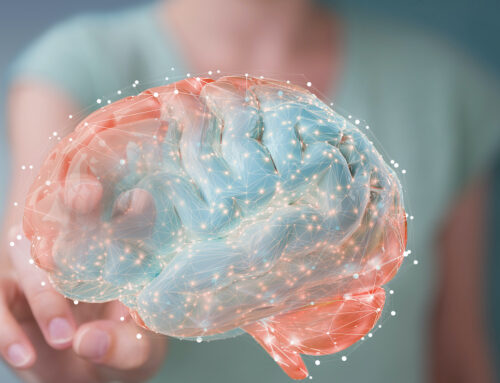In March 2016, the National Football League (NFL) acknowledged through their top health and safety officer that a link between football-related head trauma and chronic traumatic encephalopathy (CTE) exists. This long-awaited admission was cautiously welcomed by athletes, brain researchers, and treatment providers. Amid lawsuits filed by former players and growing parental anxiety on whether to allow their children to play football, the NFL had long denied any link between football-related head injuries and brain degeneration. However, to those in the field of concussion research and treatment, these strong denials were frustrating and facilitated a significant major public health issue. Researchers and patient advocates feared that the longer the NFL denied a link, the more children, adolescents and young adults were at risk of brain trauma.
To refresh the reader’s memory, CTE is a progressive degenerative disease of the brain found in those with a history of repetitive brain trauma, including symptomatic concussions as well as asymptomatic subconcussive hits to the head. These blows, bumps and jolts often result in symptomatic concussions. However, repeated asymptomatic subconcussive hits to the head can also result in the stretching and tearing of brain cells that become damaged and result in chemical changes in the brain. These changes can begin months, years or even decades after the last brain trauma or end of active athletic involvement. The brain degeneration is associated with memory loss, confusion, impaired judgment, impulse control problems, aggression, depression, and, eventually, progressive dementia. A type of CTE, dementia puglistica, was known to affect boxers since the early 20th century. Although clinical observations indicated similar symptoms in athletes from a variety of contact sports such as football, ice hockey and wrestling, post-mortem brain studies conducted in the 21st century identified and confirmed similar brain degeneration in these athletes.
In part 2, I will discuss the signs of symptomatic concussions.





